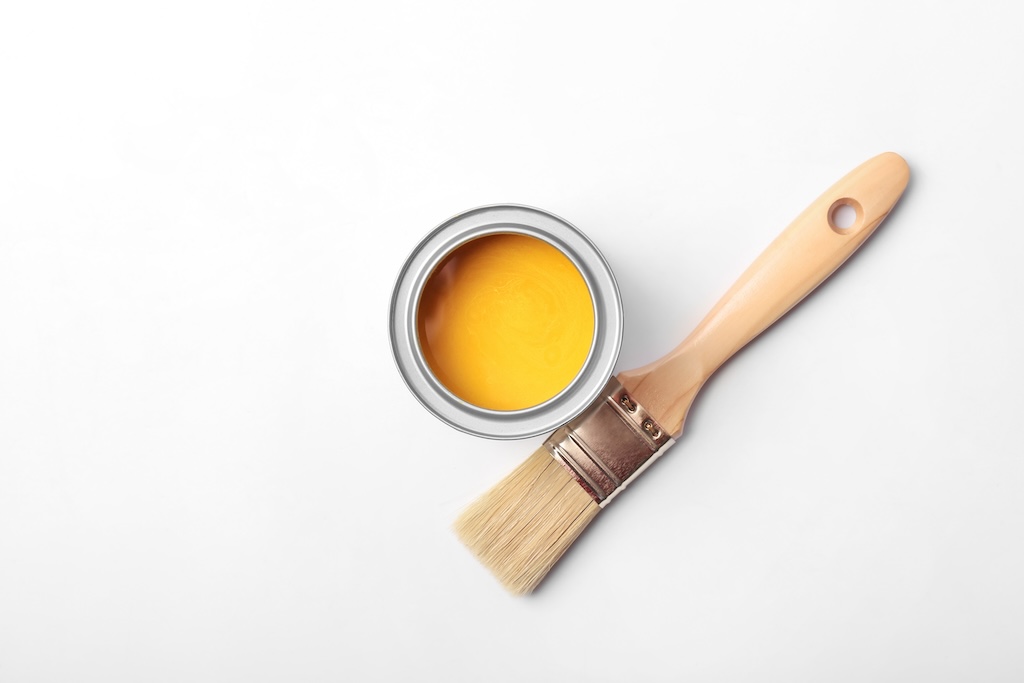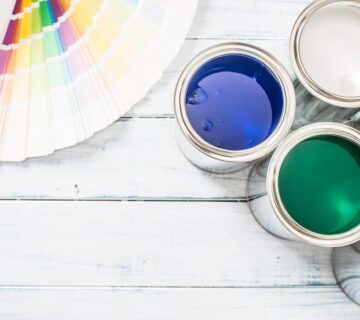The environmental impact of house paint is a topic of increasing concern. As awareness grows about the effects of painting products on our planet, it’s important to understand how different types of paint contribute to environmental issues. The choices we make can have lasting effects, not only on the walls we paint but also on the air we breathe and the world we inhabit. Selecting the right type of paint is not only a matter of color and finish but also one of ecological responsibility.
Water-Based Paints: A Greener Choice
Water-based paints, including latex and acrylics, are generally considered more environmentally friendly. They have lower levels of volatile organic compounds (VOCs), which means they emit fewer harmful chemicals into the air. They also require less energy to produce and can be cleaned up with water, reducing the need for chemical solvents. Furthermore, advances in water-based paint technology have improved their durability and finish, making them a competitive alternative to oil-based options.
Oil-Based Paints: The VOC Factor
Oil-based paints have traditionally been favored for their durability and smooth finish. However, they contain higher levels of VOCs, contributing to air pollution and potential health risks. The production and disposal of oil-based paints also have a higher environmental impact. Yet, for some projects, their unique properties may still make them the preferable choice, necessitating careful handling and informed use.
Specialty Paints and Coatings
Specialty paints, such as those with added fungicides, or those designed for specific applications like marine or industrial use, can have varied environmental impacts. These often contain additional chemicals that can be harmful if not properly managed. Many of these specialty products are necessary for their intended applications but require users to take extra precautions during application and disposal. It is imperative to follow safety guidelines and regulations to mitigate their environmental footprint.
Eco-Friendly Paint Innovations
The paint industry has responded to environmental concerns with innovations like low-VOC and zero-VOC paints, and natural paints made from sustainable materials. These products aim to reduce the environmental footprint while maintaining quality and performance. The market has seen an increase in eco-friendly alternatives, including paints that use natural pigments and binders. Consumers now have the option to choose paints that are better for the environment without compromising the effectiveness of their projects.
The Importance of Proper Disposal
Regardless of the type, the disposal of leftover paint and containers is a crucial environmental consideration. Improper disposal can lead to soil and water contamination. Recycling or disposing of paint through designated facilities is essential for minimizing environmental harm. Educating oneself about local disposal regulations and options can significantly affect the environmental impact of painting activities.
Balancing Performance with Environmental Concerns
When choosing paint, it’s important to balance performance needs with environmental impact. Water-based paints are generally a more eco-friendly choice, especially for interior projects. For situations requiring the durability of oil-based paints, look for products with lower VOC levels. It is also worth considering the longevity of the paint job, as a durable finish that lasts longer can reduce the frequency of repainting and the associated environmental effects.
Final Thoughts
Understanding the environmental impact of various house paint types is key to making responsible choices for your painting projects. As the industry evolves, more sustainable options are becoming available, allowing us to protect our planet without compromising on quality. By staying informed and choosing wisely, we can ensure that our home improvements leave a positive mark on the environment. This holistic approach to selecting paints reflects a growing trend towards sustainability in home decor. For more insights into eco-friendly painting solutions, visit our website at sisupainting.com and our blog at sisupainting.com/blog.




No comment